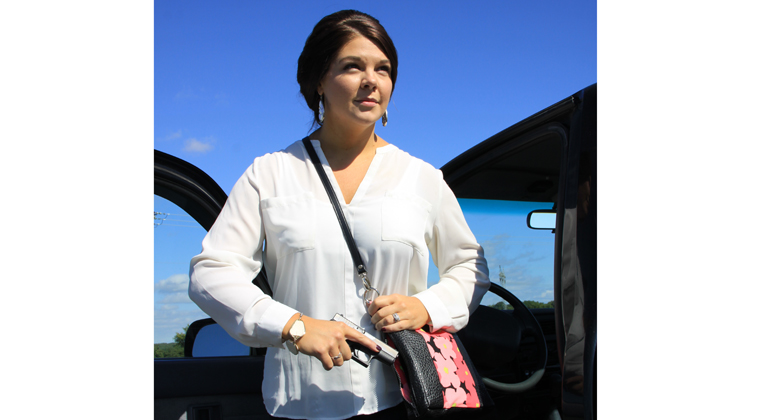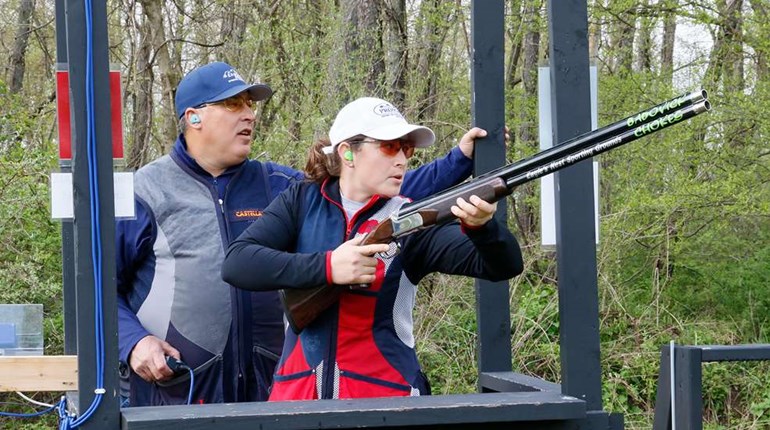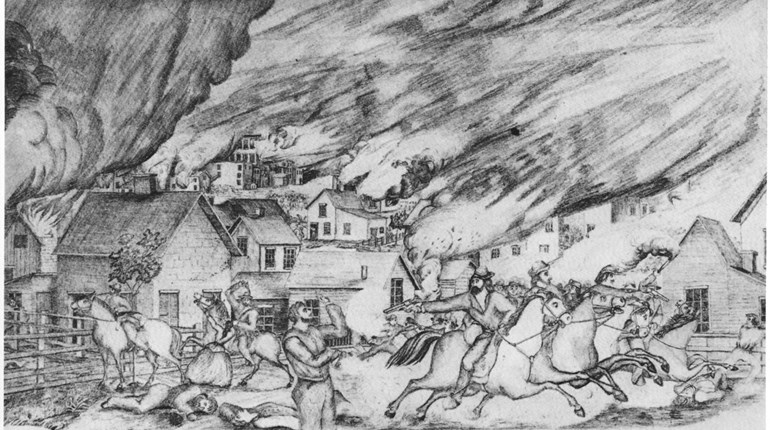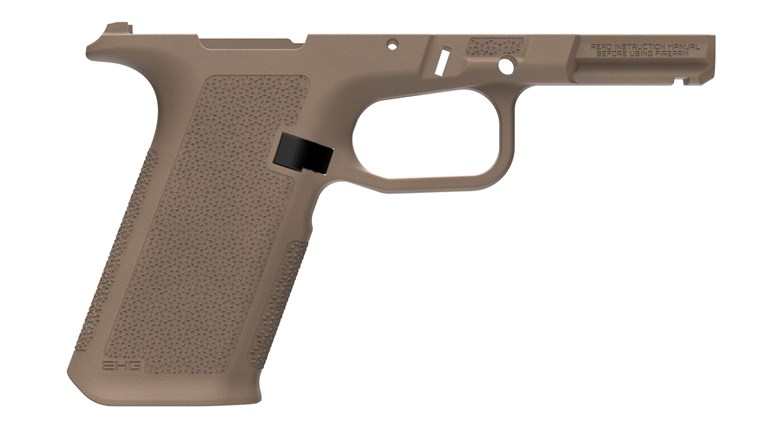
Do you have an idea for a firearm accessory that you think just might sell if brought to market? The firearms industry is already massive, but thousands of new products are developed every year. If you doubt that, just take a stroll down the miles of aisles at the Shooting, Hunting and Outdoor Trades (SHOT) Show held each January.
But you don’t have to be part of a large corporation to succeed. The following two Ohio entrepreneurs—one woman and one man—started small and are steadily building their businesses. Here’s how you can, too.
Ladies Packing Heat (www.ladiespackingheat.com)
Samantha Zeigler, age 28, is the owner of Ladies Packing Heat, a business that makes fashion-conscious concealed-carry purses for women. Zeigler first got her idea two years ago when she began shopping for a concealed-carry purse for herself.
“When I got my concealed-carry handgun permit, I knew I wanted to carry my pistol in a purse,” said Samantha. “But when I started looking for such a handbag, I discovered that nothing suited my personal taste or style. And I began asking myself: Why can’t a concealed-carry purse be more feminine, more lady-like? So I decided to develop a more fashion-friendly concealed-carry bag.”
Zeigler also believed that most of the concealed-carry purses on the market at the time didn’t function as they should. As a result, she designs her purses to have what she calls “true center concealment.”
“In other words, there is a separate handgun compartment built into the middle of each of my purses,” she said. “That allows a woman’s personal items to fit along both sides of the firearm, with the bag expanding around the sides of the gun. And the center compartment has a zipper on the outside of the purse—the only zipper on the entire bag. That way, if a woman ever does have to draw her weapon, she only has one zipper to open. There is no confusion or delay in getting to the weapon; zipper equals gun.”
Zeigler markets her purses on Facebook and through her website. She also displays her handbags at a few shows each year, which she finds advantageous. “Nothing beats face-to-face contact and word-of-mouth advertising when it comes to attracting potential customers,” she said.
Her purses are made of fabric and faux leather, and all are one-of-a-kind, made to order. Samantha first designs each purse, then cuts and irons the materials. She then has a local Amish lady sew the purses together. “She works on a non-electric, pedal-stitch sewing machine,” said Samantha, “so all my purses are handcrafted, start to finish.”
When asked her advice on how others can develop their own business, Samantha had this suggestion. “Look at what products work or don’t work for you personally,” she said. “Then think about how you could make them better. If you can find something like that—a niche—you just might have a product that will sell.”
Ladies Packing Heat concealed-carry purses range in price from $50 to $110, depending upon size and style. And all are designed with a cross-body strap, providing hands-free carry.
Hero Holsters (www.heroholsters.com)
Hero Holsters was founded by Brandon Moore, age 39, in 2013. The previous year, he had taken an early retirement from law enforcement as a burglary detective due to severe injuries resulting from an on-the-job ambush that nearly took his life. Unable to continue working as a peace officer, but still strongly supportive of the right to keep and bear arms, Moore began making and selling handgun holsters. And like Samantha Zeigler, he got his product idea from a frustrating personal experience.
“In 2002, after graduating from Ohio’s basic peace officer academy, I went to a uniform shop looking for an inside-the-waistband (IWB) handgun holster,” said Moore. “Not only did they not carry anything for IWB, the proprietor almost laughed when I suggested that I wanted to carry a Smith & Wesson 5903 inside my waistband. I was told that he did not have a holster like that, and a man of my size (5′10″, 160 pounds) could never carry a gun that big in that manner.”
Oh, how times have changed. Today, IWB holsters are made to fit most any size handgun and body size—man or woman—and Moore has been able to cash in on that rising trend and its resulting wave of demand.
“My holsters are considered ‘hybrids,’ made from a combination of leather and Kydex,” said Moore. “The leather section is the back of the holster and clips onto the wearer’s belt. The front or scabbard of the holster is made of Kydex—a type of plastic—which is rigid; it’s what actually holds the handgun in place. Together, the two materials produce a comfortable, secure fit.”
Moore markets his holsters through his website, a Facebook page and by attending gun shows. The advantage he has over other holster manufacturers at gun shows is that he can make a holster to fit a specific handgun on the spot, in just a few minutes.
He currently offers two IWB holster types and is developing a third. His standard, open-top holster sells for $50. His Officer model sells for $65 and features a thumb-break retention strap.
“In developing a new product, first and foremost do a lot of research into what similar products are already on the market,” Moore suggested. “You may have a great idea, but if someone has beaten you to the market, your product will likely not be as successful as it could have.”
A second piece of advice Moore has for potential entrepreneurs is to refine the product as much as possible before offering it for sale. “It’s a judgment call,” said Moore. “You don’t want to wait too long, but you also don’t want to look back in a year or so with regret and think, 'if only I had spent a few more dollars and taken a few more months in development, I could have offered a much higher-quality product.' In short, take your time and spend the money required to do it right.”
One last bit of encouragement that both Samantha Zeigler and Brandon Moore mentioned is not giving up on your dream. “If you have a solid product idea, and you’ve researched it well, go for it,” they said. “Work hard, do your homework, and good things just might happen.”
So, think you have what it takes to be an entrepreneur?





































